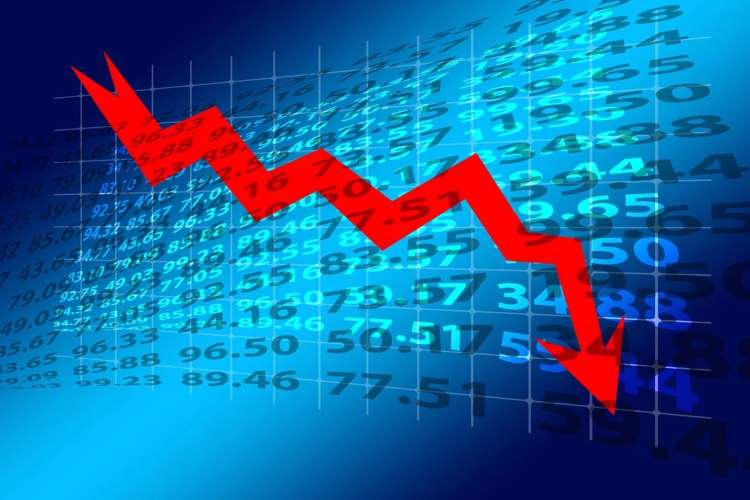Covid-19 impact: The Indian economy will contract 7.7% in the current financial year, registering its worst performance since Independence. The first advance estimates of GDP for the year 2020-21 released by the National Statistics Office says the nominal GDP will contract 4.2% in the year ending March.
The real GDP contracted by 15.7% in the first six months of 2020-21W. The advance estimates released on Thursday reflect a resurgence in economic activity the third and fourth quarters of the fiscal that will help the economy end with a contraction of 7.7%. The NSO numbers also reveal steady quarter-on-quarter growth that reflect the strength of India’s economic fundamentals that can sustain a V-shaped recovery.
READ I Covid-19 and recovery: How India can achieve 10% growth
The real GDP/GVA growth rates on the demand and supply side
High government spending boosts economy
Economic growth: The revival in the economy is backed by a 5.8% increase in government consumption expenditure. Among the major sectors, agriculture is expected to grow 3.4%, while sectors like services, manufacturing, mining and construction are expected to contract. While the electricity sector is estimated to grow at 2.7%, service industries such as trade, hotels, transport and communication are expected to take a hit from the pandemic and the stringent measures taken to reduce its spread.
READ I Budget 2021: Nirmala Sitharaman should build on these three pillars
The government said effective measures taken by it to control the spread of the pandemic and the stimulus measures taken to boost economic growth have added to the robust recovery. The government has embarked on a mega vaccination drive that is expected to put the economy back on track.
The International Monetary Fund had forecast 10.3% contraction for Indian economy due to the pandemic crisis. The NSO figures will bring some cheer amid pessimistic outlook. The country’s exports fell from $330 billion in 2018-2019 to $150.5 billion in the current fiscal till October. The fiscal deficit is expected to be around 7% of the GDP and this will continue to put pressure on the government’s ability to provide stimulus to the economy.

